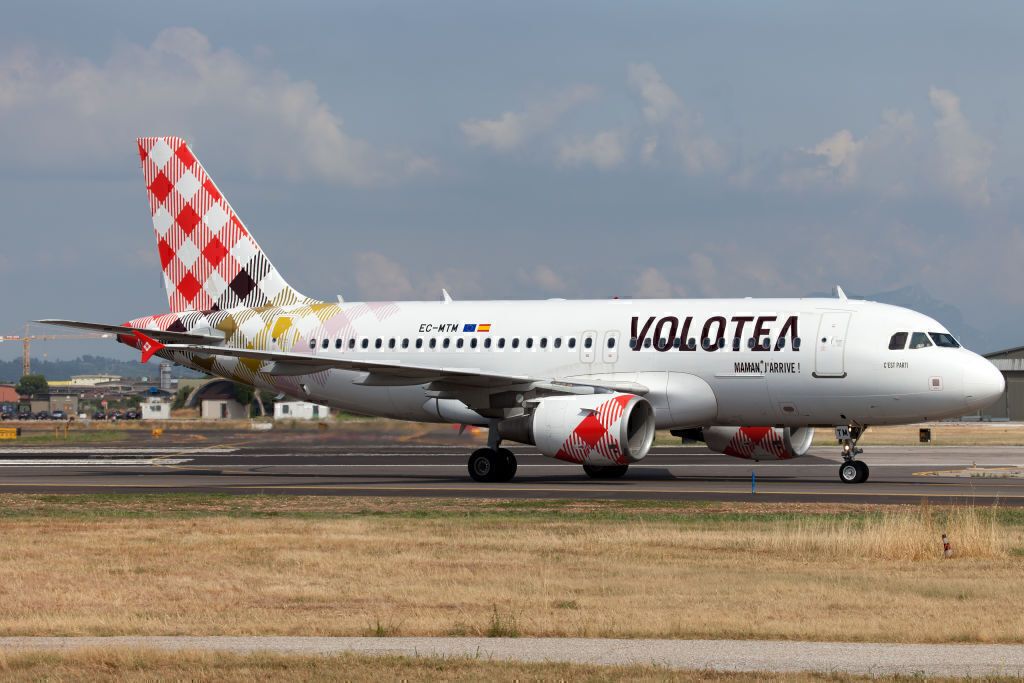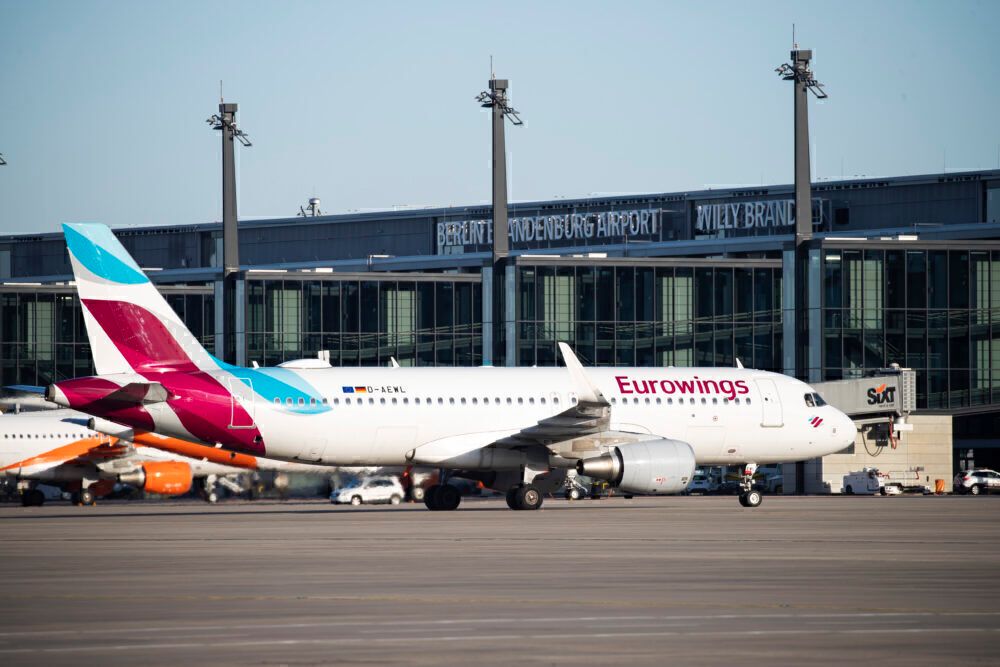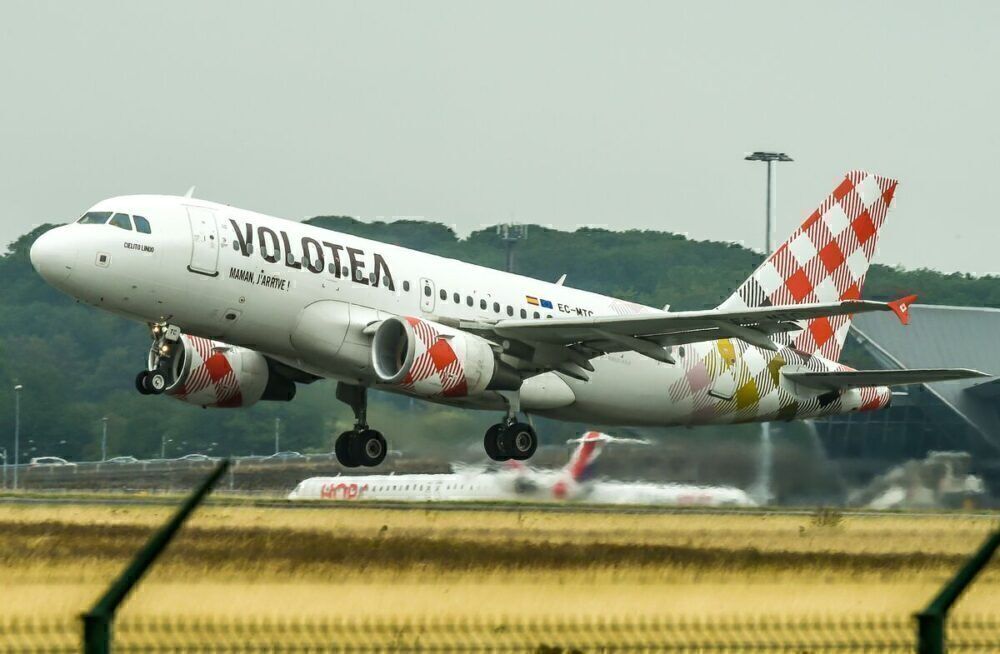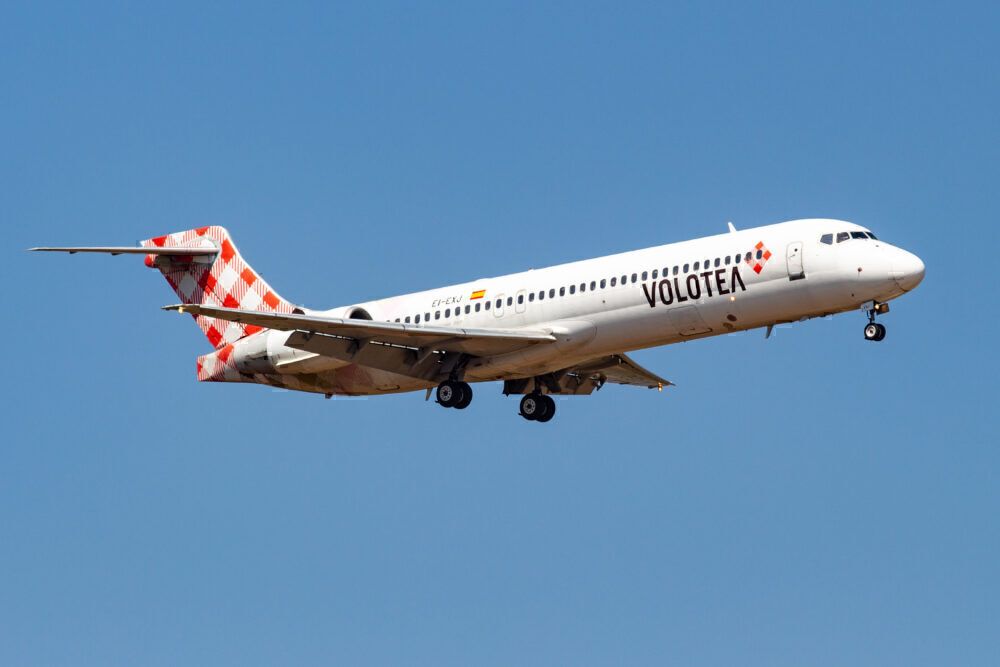As vaccination efforts continue to ramp up worldwide, passengers are eager to travel somewhere and anywhere. Correspondingly, many airlines have implemented significant plans for a busier next few months. However, within Europe, different countries are vaccinating their citizens at different rates. As such, Spanish low-cost carrier Volotea plans to lay low for now.
Optimistic schedule increases elsewhere
In recent weeks, Simple Flying has reported on several airlines that have announced significant schedule increases for the coming months. For example, United Airlines has placed an intense focus on its short-haul international leisure destinations. The Chicago-based US legacy carrier has added more than 1,000 flights to Mexico and the Caribbean between May and October.
Meanwhile, in Europe, German low-cost carrier Eurowings recently added 350 flights overnight to its Mallorca-bound schedules over Easter. This was due to a 700% increase in bookings to the Spanish holiday island after it was removed from Germany's coronavirus risk list.
Stay informed: Sign up for our daily and weekly aviation news digests.
Easing its way back into normality
However, Volotea is taking a rather more cautious approach, as its CEO, Carlos Muñoz, explained yesterday in an interview with the Aviation Week Network. He stated:
Now, we're laying as low as we can. And we have probably [had], for the last six weeks, anywhere between 25 and 50 flights per week. (...) We're laying low until things are clear in Europe.
The airline's European operations mean that, at present, where it can fly is unpredictable. This is because different countries are vaccinating their populations at different rates. Correspondingly, each nation has a different set of travel restrictions, which dictate who can and cannot leave and enter the country. Muñoz added that the recovery of European aviation would require:
"...coordination of the different regulatory and government bodies at the European level. That's going to determine if the recovery happens [in the] early summer, mid-summer, or God forbid, late summer or beyond."
Contrasting tactics to last summer
This cautious recovery drive represents a rather different picture compared to Volotea's operations last summer. As Muñoz observed, summer 2020 saw the airline operating "close to 2,000 flights a week." On the whole, Volotea managed to operate at 71% capacity last year, compared to 2019. In Q3, its 'year-on-year' capacity even peaked at an impressive 85%.
What made these figures all the more impressive was that Volotea managed to maintain a healthy load factor of just over 90% last year. This put the airline in a good position financially to survive periods of minimal activity, such as what it is experiencing at present.
Potential for future A220 usage
Before the coronavirus pandemic, Voltea had a strong track record in terms of network growth. Indeed, Muñoz noted that, pre-COVID, the carrier was adding between 30 and 50 new routes a year. Of these, around 70% linked two cities that had never been directly connected before.
Such expansion needs to be supplemented by corresponding fleet growth, and the airline has big plans in this regard too. Muñoz confirmed that, after the recovery, Volotea would "keep on growing at whatever pace makes sense." With a planned long-term goal of 40-60 aircraft, the carrier may also branch out into new models. This could include the smaller Airbus A220, which Muñoz states is "definitely on the cards" for the airline.
What do you make of Volotea's recovery strategy? Have you ever flown with the airline? Let us know your thoughts and experiences in the comments!




